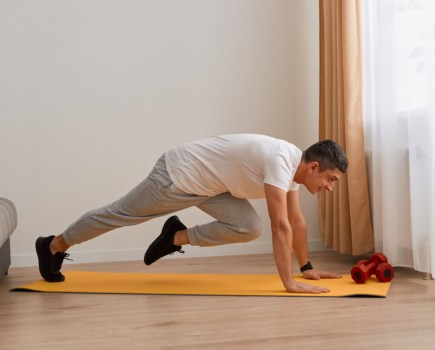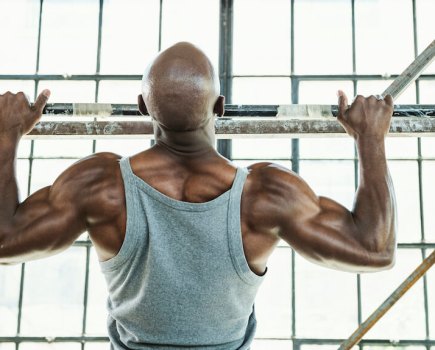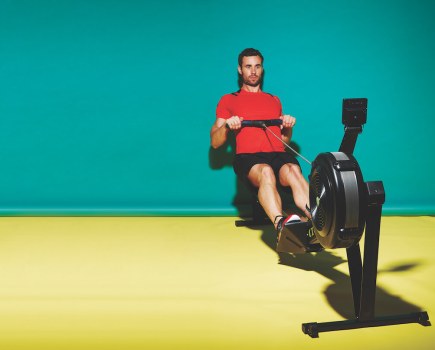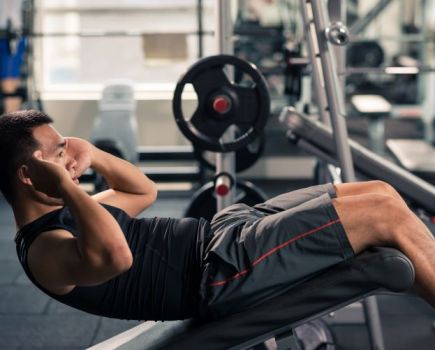
3rd October 2024
Life’s a beach: MF talks to beach soccer star James Temple
Meet James Temple, personal trainer and England beach soccer star
Advertisement
Strength training advice, fat-loss tips and athlete interviews – health and fitness features created by our experts to inspire you to hit new heights.

3rd October 2024
Meet James Temple, personal trainer and England beach soccer star

2nd October 2024
Is it time for laundry day, or can you re-wear those sweatpants again?

19th September 2024
Use these science-backed findings for better strength, muscle and fat loss

10th September 2024
Dominic Taylor explains what it takes to conquer the world’s toughest one-day endurance event

4th September 2024
From emphasising the eccentric to exposing yourself to heavier loads, we asked a panel of strength specialists for their favourite get-strong protocols

4th September 2024
From how long each workout should last to turning fat into muscle

1st September 2024
Nail your technique with this step-by-step guide

22nd August 2024
His next expedition will take him into uncharted waters

20th August 2024
Here’s your simple guide to the three main types of dumbbells available for adding some weight to your home workouts

16th August 2024
Burn fat and sustain your new, leaner frame with these expert tips for both short- and long-term results

5th August 2024
When your fitness exploits take you to wild places, you need a fully loaded adventure watch